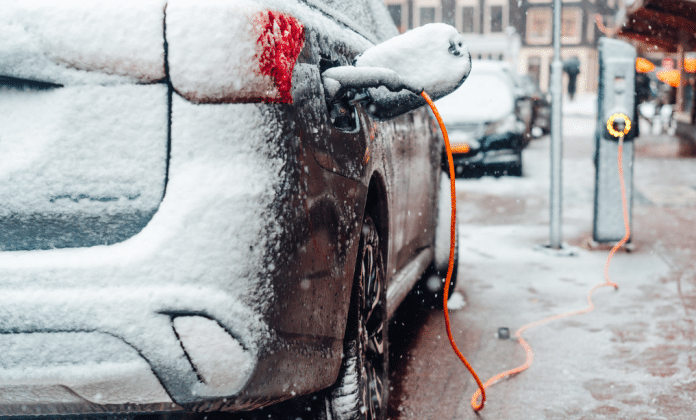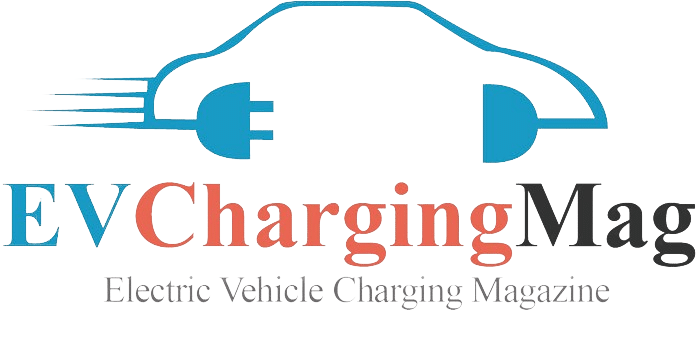The increasing popularity of electric vehicles (EVs) brings to light a critical issue: their performance in cold weather. Recent experiences of EV owners across the US, from Chicago to Texas, have highlighted how frigid temperatures can significantly impact EV range and charging efficiency.
The Impact of Cold on EVs
Cold weather affects EVs in several ways. The lithium ions in EV batteries move slower in cold temperatures, reducing the energy release and, consequently, the vehicle’s range. This effect is not limited to EVs; conventional gasoline cars also experience reduced efficiency in cold weather, albeit to a lesser extent. Studies have found that an EV can lose up to 41% of its range at 20 degrees Fahrenheit, especially when the cabin heater is on.
Charging Challenges in the Cold
Charging EVs in cold weather poses additional challenges. Batteries need to be warmed up before they can accept charge efficiently, which means charging times can be significantly longer. In some cases, as seen with Tesla vehicles in frigid conditions, cars may not charge at all until the batteries are sufficiently warmed.
Strategies for Optimal EV Performance in Winter
Despite these challenges, there are several strategies EV owners can use to maximize their vehicle’s performance in cold weather:
- Preheating the Battery: Many EVs can preheat their batteries when a trip to the charging station is planned. This preconditioning helps the battery charge more efficiently.
- Indoor Parking: Parking indoors helps keep the battery warmer, reducing the energy needed to heat it up later. Using a car cover can also help.
- Pre-warming the Cabin: Heating the cabin while the car is still charging can save battery power for driving.
- Proper Tire Pressure: Maintaining the correct tire pressure is crucial as underfilled tires increase rolling resistance, requiring more energy to move the vehicle.
- Eco-Mode Driving: Most EVs offer an eco-mode, which maximizes energy efficiency, albeit at the expense of some performance.
- Maintaining Battery Charge: Keeping the battery charge above 20% ensures that the vehicle has enough power to warm up the battery for charging.
Future Prospects for EVs in Cold Climates
Automakers and battery developers are actively working on solutions to improve EV performance in cold weather. New battery technologies, more resilient to cold temperatures, are being developed and are expected to gradually find their way into electric vehicles.
EVs in Cold Weather – A Learning Curve
EV owners are adapting to the nuances of electric mobility, especially in colder climates. While the current generation of EVs faces challenges in frigid temperatures, advancements in technology and increased awareness of how to optimize EV performance in such conditions are paving the way for more reliable and efficient electric transportation, even in the coldest of environments.

